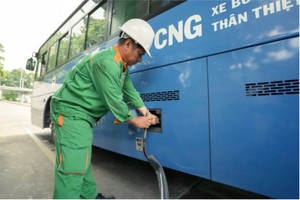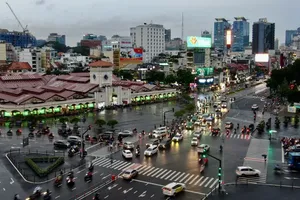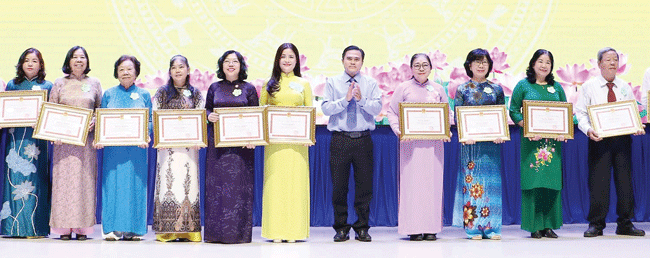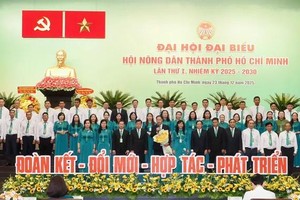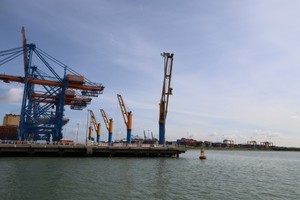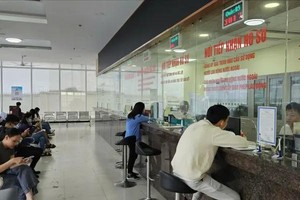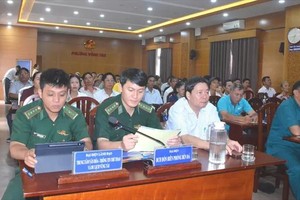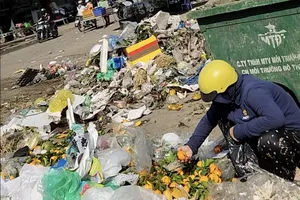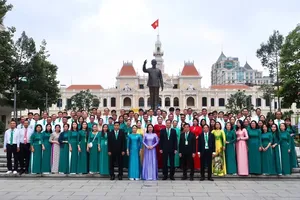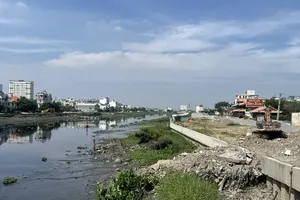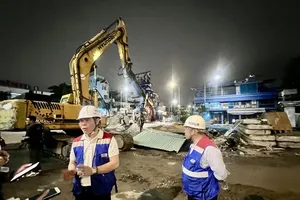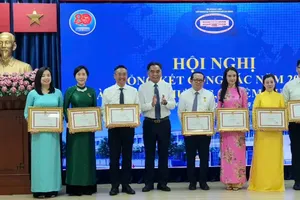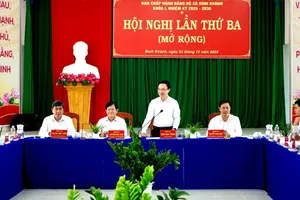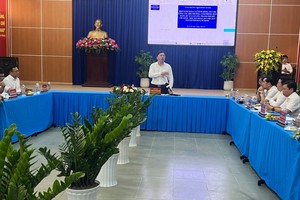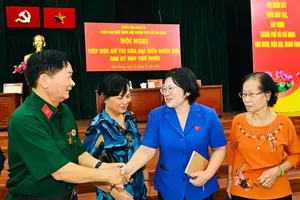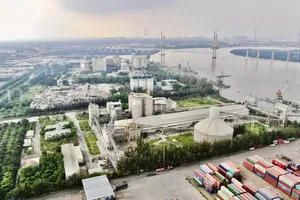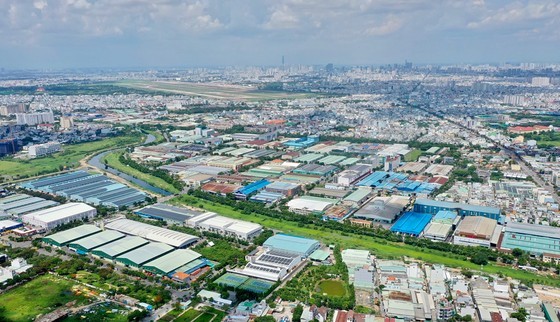 |
Inclusion of two industrial parks in the country’s planning is expected to open new-styled industrial parks |
Deputy Prime Minister Le Minh Khai has just signed a document agreeing to add two industrial parks Pham Van Hai I and Pham Van Hai II in Ho Chi Minh City into the development planning of industrial zones in Vietnam. For over the past decade, there have been no new industrial parks, the addition of two industrial parks with a total area of 668ha to the country’s planning is hoped to open up opportunities to develop new-style industrial zones in the southern largest city.
Immediately after the issuance of the Deputy PM’s document, Vice Chairman of Ho Chi Minh City People's Committee Vo Van Hoan chaired a meeting with the Ho Chi Minh City Export Processing Zone and Industrial Park Authority (Hepza) and other departments to implement the following tasks as per the Deputy Prime Minister’s direction.
Two main contents in the document include the removal of three industrial zones Bau Dung, Phuoc Hiep, and Xuan Thoi Thuong out of the planning and the addition of the 379ha Pham Van Hai I Industrial Park and the 289ha Pham Van Hai II Industrial Park in Binh Chanh outlying district’s Pham Van Hai Commune to the planning for the development of industrial zones in Ho Chi Minh City.
Discussing immediately after the meeting with the People's Committee of Ho Chi Minh City, Hepza Deputy Head Tran Viet Ha acknowledged that the addition of Pham Van Hai I and II to the planning is very meaningful for Ho Chi Minh City. Since 2017, Ho Chi Minh City has proposed to the Prime Minister to add the planning of Pham Van Hai industrial zones with 668ha into the plan because city leaders wanted to deploy a new industrial park in the area of mostly agricultural land, most of which only grow trees but the productivity is very low; thus, it needs to be converted to a new model to effectively exploit the land fund.
The construction of an industrial park in Pham Van Hai Commune will also make an important contribution to the formation of a key industrial zone in the west of the city, linking industrial zones of Ho Chi Minh City and the Mekong Delta Province of Long An as well as helping to create jobs and develop infrastructure in the region.
This is even more meaningful, in the context that industrial zones in Ho Chi Minh City have now revealed many limitations after a period of strong development. The land fund for the development of industrial zones of Ho Chi Minh City, approved by the Prime Minister in 2004 and 2014, also has only 23 zones with a total area of 5,921ha, so far has not increased.
According to Mr. Tran Viet Ha, with Pham Van Hai I and Pham Van Hai II industrial zones, Ho Chi Minh City will be proactive in planning and building industrial zones in accordance with the city's development orientation. In the past, the deployment of industrial zones often followed the desires of investors who have surveyed the location themselves, proposing to the municipal People's Committee of Ho Chi Minh City for approval of their investment plan.
After the Pham Van Hai I and II industrial zones are included in the country’s planning, Ho Chi Minh City actively can choose the location and the construction of infrastructure from the beginning.
City administrators also determine that the Pham Van Hai I and II industrial zones will be oriented to high-tech industrial zones. Proposing these two industrial zones in the country’s planning, HCMC leaders aimed to attract investment in the priority key industries including mechanical engineering, electrical equipment, mechatronics, industrial robots, precision mechanics, information technology, telecommunications, microchips, photovoltaic, chemical and pharmaceutical industry, cosmetics, plastic industry, high-grade technical rubber, food processing industry.
After the establishment of Pham Van Hai Industrial Park, the attraction of investors who apply high technology, new materials, renewable energy as well as have advanced science and technology content, high labor productivity, and minimize occupations that are at risk of causing environmental pollution and are labor-intensive will be the top priority.
The municipal People's Committee assessed that the implementation of the new planning of Pham Van Hai I and II industrial zones would be convenient and feasible because this plan is consistent with regional and provincial planning. Many potential investors such as Logos Group, TTI, Goldman Sachs, Einhell, and Quantum have lately been wishing to lease land or participate as an investor in building industrial park infrastructure in Ho Chi Minh City.
Furthermore, the Pham Van Hai Industrial Park is located in the center of the western area of Ho Chi Minh City which is adjacent to 10 active industrial zones and industrial clusters of Ho Chi Minh City and Long An Province.
In particular, Ho Chi Minh City considers that the site clearance in this project will be convenient when the entire area is not residential land but agricultural land which is managed by Ho Chi Minh City Crop Company under the municipal People's Committee.
According to the project ‘Orientation for the development of industrial parks and industrial export processing zones in Ho Chi Minh City in the period of 2022-2030, with a vision to 2040’, Ho Chi Minh City will transform existing establishments including Tan Thuan, Tan Binh, Cat Lai, and Hiep Phuoc industrial zones with orientation to ecology and high technology. With new industrial zones, Ho Chi Minh City aims for specialized industrial parks, high-tech industrial parks, supporting industrial zones, and industrial zones - urban areas - services.
